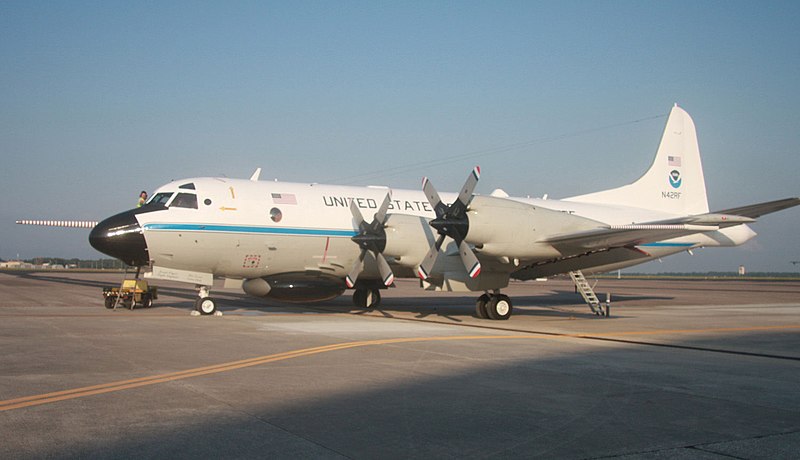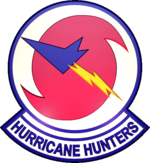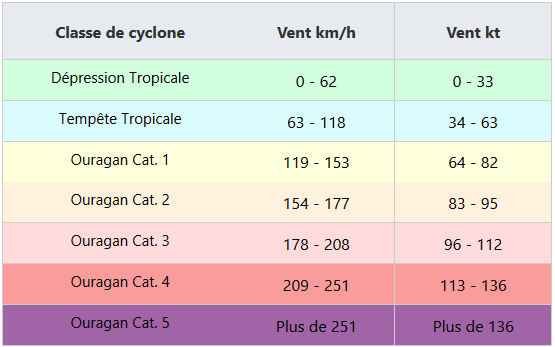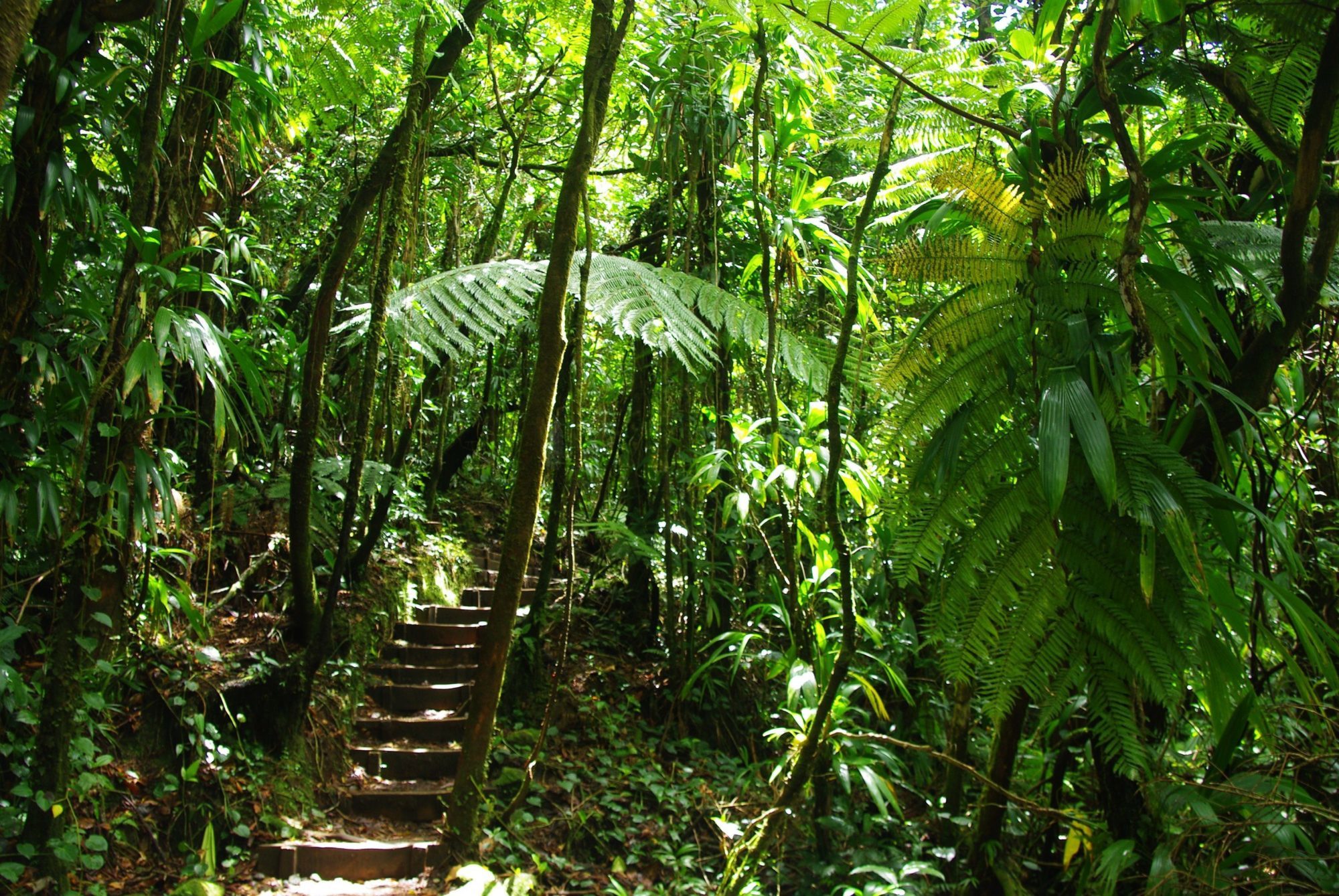
Cyclones are a rather complex and poorly understood meteorological phenomenon, present in many places around the globe, from Asia to the polar circle. We will focus on those that we can observe in the Caribbean to learn a bit more about them.
First and foremost, a cyclone forms as a result of several distinct elements that must meet specific conditions. Even though they may seem frequent, the checkboxes that need to be ticked for them to appear are numerous, making them relatively rare occurrences. The cyclone season in the Caribbean extends from June 1st to December 1st, but nearly 95% of cyclones occur in September. The year 2023 is quite unique, mirroring the changing climatic phenomena worldwide this year. The different types of storms that we can experience in the Caribbean generally form in West Africa. At this stage, the various parameters required for their formation are as follows:
-
- Sea surface temperature above 26°C and at least 60 meters deep
- A minimum distance of 550 km from the equator; indeed, a cyclone cannot move if it is too close to the equator due to the weak rotational force of the Earth
- Limited presence of dry winds from the Sahara to avoid disrupting their formation
- Weak winds at high altitude (1,500 to 10,000 meters) also to avoid disrupting their formation
Once these conditions are met, the phenomenon can begin its formation, and observation can commence from that point. The Americans have a strong hold on most of the data collection concerning cyclones in this part of the globe, primarily because these storms predominantly make landfall on their territory. The National Hurricane Center (NHC) possesses two aircraft, called “Lockheed WP-3D” or “Hunters,” specifically designed and equipped to approach cyclones as closely as possible to gather maximum information and distribute it through interactive maps.

To categorize them as accurately as possible, the phenomena go through various stages based on wind strength and atmospheric pressure. They are assigned numbers, names, and probability percentages. Thus, a cyclone follows this path:
-
- A disturbed cloud formation is observed emerging from the African continent.
- The formation exhibits development characteristics, and therefore, it is categorized as an “INVEST” by the Americans, numbered between 90 and 99, followed by the letter “L” (for Atlantic).
- The formation is monitored, trajectory predictions are made, and probabilities regarding its future are calculated.
- The cyclone formation is confirmed, and it is given a proper name. The naming of cyclones is done prior to the season, sometimes arranged alphabetically. Names are chosen based on the regions affected, so that the given name is recognizable and comprehensible for the purpose of population awareness.
- The cyclone is categorized into different strengths based on its power and closely monitored to maximize anticipation and protection of populations.

Although they are feared, the preventive measures taken for the population and the measures put in place during their occurrence are now optimal, resulting in rare human losses. The last recorded deaths in Guadeloupe were more than 34 years ago with Cyclone Hugo in 1989. In fact, the names of the most devastating cyclones are no longer given to subsequent phenomena. Meteorology, despite being highly scientific, is also subject to numerous superstitions!
Cyclones remind us of our sometimes complex relationship with nature. Even though it is difficult to imagine in our current world, humans cannot control everything, and sometimes we simply have to wait patiently, with nothing else to do but observe these impressive phenomena.
To stay updated and learn everything about cyclone news:
-
- Twitter account of Olivier Tisserant: https://twitter.com/meteo_tropicale?ref_src=twsrc%5Egoogle%7Ctwcamp%5Eserp%7Ctwgr%5Eauthor
- Facebook page for hurricane weather in the Caribbean: https://www.facebook.com/flash.meteoantilles
- Updated maps and other information on SXM: http://www.sxmcyclone.com/

